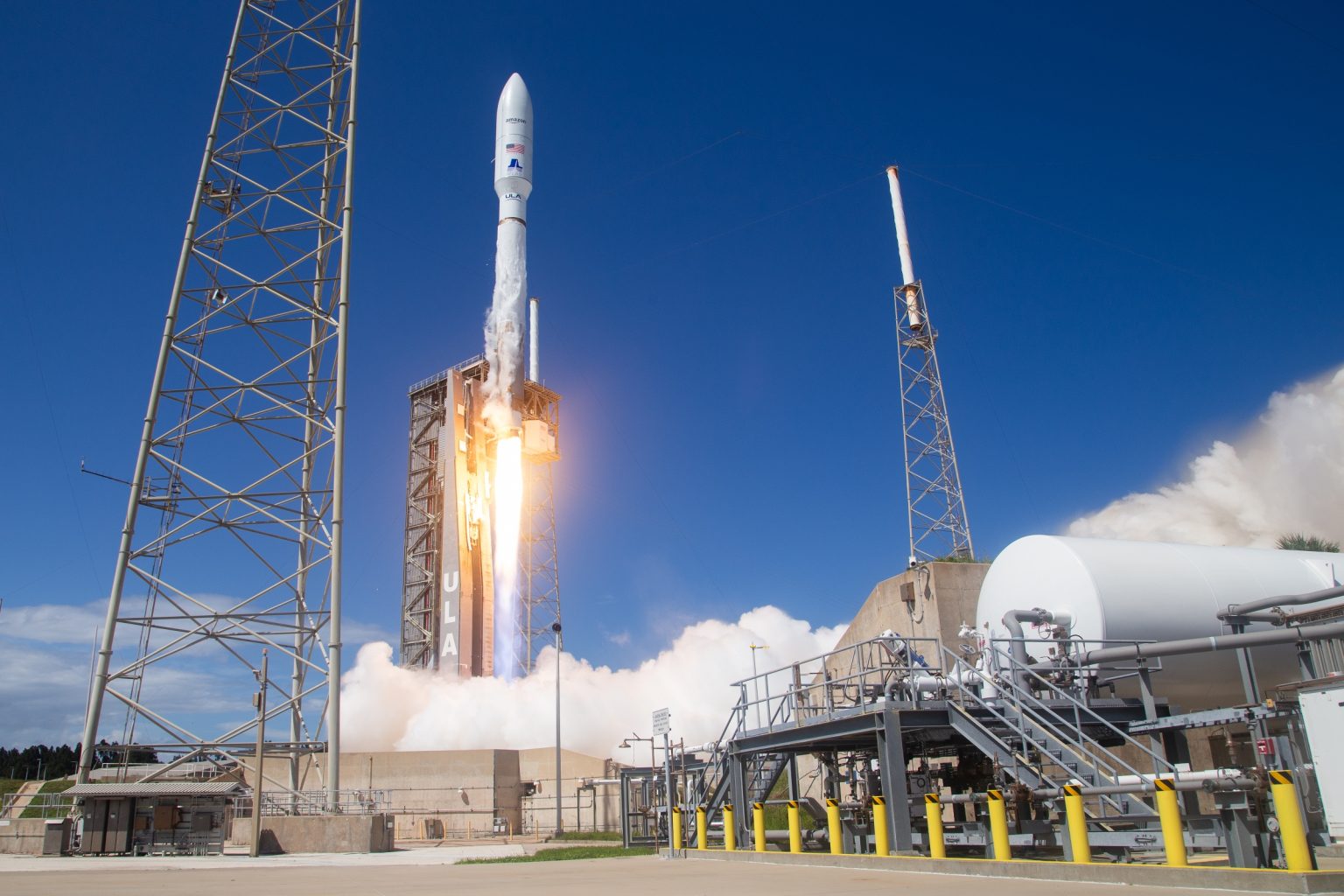A recent market analysis of Amazon’s Project Kuiper estimates that the cost of the project may range from $16.5 billion to $20 billion, significantly higher than the $10 billion figure initially cited by Amazon. The analysis by Florida-based Quilty Space projects that launch costs alone could amount to $10 billion or more, with most launches to be carried out by United Launch Alliance’s Vulcan Centaur and Blue Origin’s New Glenn rockets, along with other established rockets such as ULA’s Atlas V and SpaceX’s Falcon 9.
Project Kuiper aims to deploy 3,232 satellites into low Earth orbit to create a global high-speed internet network that could serve millions of users worldwide, as well as support Amazon Web Services and other Amazon offerings. Under the terms of Amazon’s FCC license, half of the satellites must be launched by mid-2026. Two prototype satellites have already been launched, with plans to send the first operational satellites into orbit by the end of this year and offer broadband services to customers starting next year.
Despite being behind SpaceX’s Starlink network, which currently has more than 6,000 satellites in orbit, Quilty Space believes there is still potential for Project Kuiper. The report suggests that if Amazon can reach 100 million subscribers at an average monthly revenue of $30 per user, Kuiper could generate annual revenues of $36 billion, rivaling Amazon’s current subscription revenues. However, success is not guaranteed, with concerns about Amazon’s ability to deliver on its launch schedule being a major uncertainty.
Quilty’s report emphasizes Amazon’s high reliance on new launch vehicles as a potential obstacle to getting Kuiper off the ground on time. Partners would need to accelerate launch rates significantly to meet the FCC’s mid-2026 deadline. Amazon may need a waiver from the FCC to extend the launch deadlines, but Quilty believes this is not a major roadblock. There are also concerns about Amazon’s track record with consumer devices and the high cost and potential for delays associated with Project Kuiper.
Amazon has kept details about the satellites’ specifications relatively quiet, but Quilty estimates that each satellite weighs 600 kilograms, has a solar array wingspan of 8 meters, and costs between $1.5 million to $2 million to manufacture. The early adopters of Kuiper’s services are expected to be in the government and mobility sectors, and Amazon has secured partnerships with wireless telecom providers like Verizon, Vodafone, and NTT.
Quilty believes that Amazon’s experience in mass-producing consumer electronics through its Devices business and its expertise in cloud computing and infrastructure through AWS will be advantageous for Project Kuiper. The report also mentions the potential for Kuiper to provide positioning, navigation, and timing services as an alternative to GPS in the future. Amazon declined to comment on the cost of deploying the first-generation Project Kuiper network and other aspects of Quilty’s analysis, emphasizing that they do not comment on speculation.












